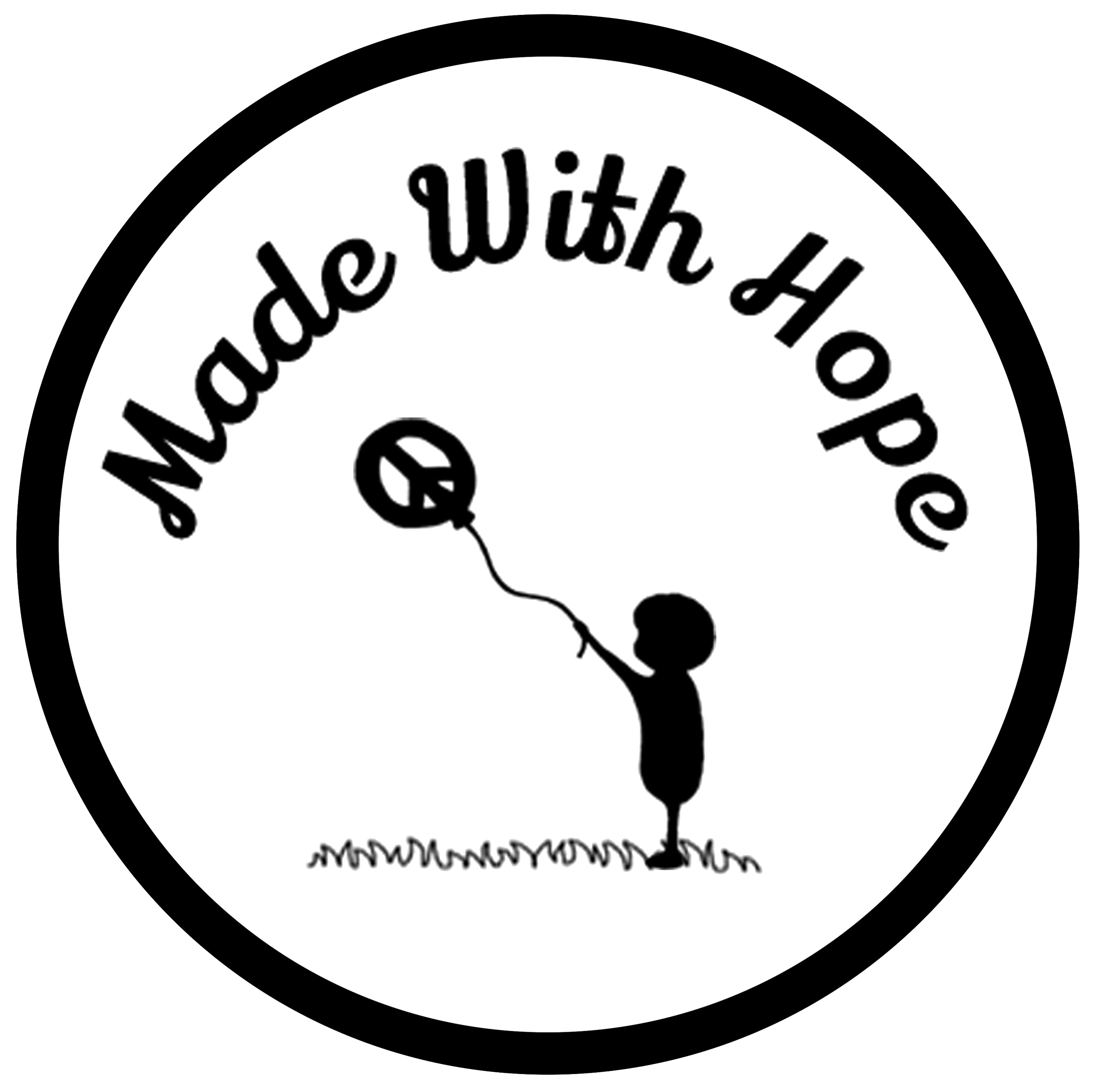Why Infrastructure Alone Isn’t Enough: The Role of Community Ownership in Development
When people think of international development, they often picture buildings: a new school, a clean water pump, a row of toilets that didn’t exist before. These are essential and tangible signs of progress but they are only the beginning.
Through my work at Made with Hope, I’ve learned that infrastructure without community ownership is not as impactful as we first thought.
The Pitfall of the “Drop and Go” Approach
In the early days of our work in rural Tanzania back in 2013, we focused, like many charities on building. Classrooms, toilets, and rainwater harvesting tanks. It was deeply rewarding to see the immediate impact: children no longer sitting on dirt floors, clean water available at school, better hygiene.
But we soon realised something critical.
Without ongoing training, local input, and shared responsibility, there was a clear divide between the donor (us) and the community. Don’t get me wrong, the community members appreciated them, but they weren’t always fully involved in the process. And when people aren’t part of creating something, it’s harder to feel responsible for protecting and sustaining it.
Shifting the Mindset: From Givers to Partners
That’s when our approach started to shift.
Instead of arriving with answers, we began arriving with questions:
What do you want your school to look like?
What barriers are keeping girls from attending regularly?
Who in the village can help maintain the water tank?
How can we build something with you, not for you?
Since 2017, we’ve now involved local leaders, parents, students and teachers from the beginning of every project. Sometimes that means the timeline takes longer, but the outcome is far stronger. The community helps design, build, and manage each new initiative, and we provide ongoing support, not just handover.
Above: Community members, teachers and students attending a meeting to discuss what their school needs
What Community Ownership Looks Like in Practice
Our school toilets come with training for school staff on hygiene maintenance.
New rainwater tanks are paired with community water committees who learn how to care for them.
Community member agree to volunteer 10% of the labour for any construction project
We prioritise local labour and materials, putting income and skills back into the community.
Girls' empowerment programs include a diverse range of community members so that people are more aware of the issues girls’ face.
Hundreds of community members came to volunteer their time to build Mzimuni’s new toilet block
Every one of our projects has a handover event and hundreds of community members come to celebrate everybody’s achievement
Why This Matters
We want the answer to be: empowered communities, sustainable systems, and structures that keep working, not because we’re still there, but because they belong to the people who use them.
That’s the heart of what we believe: true change happens not when we give, but when we build alongside.
Thank you for taking the time to read this,
Eleanor Teeling (Founder of Made with Hope)
Want to support locally-led, community-owned change in Tanzania?



